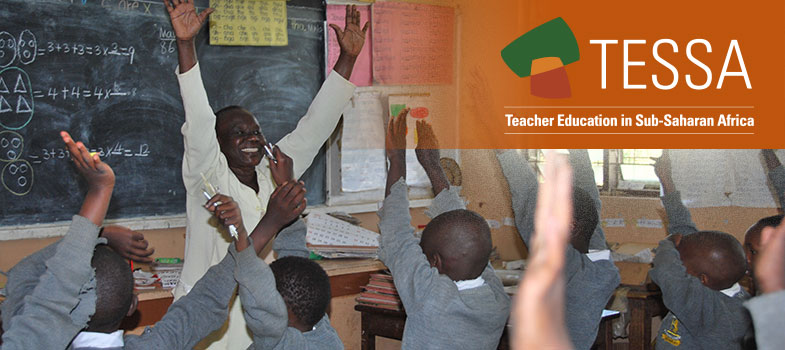1. Observing local ecosystem
An ecosystem is the pattern of life and interaction between the living things in a specific type of place. This could be a pond, a stream, a hedge, a tree, a forest, a cliff-face or even a field. It could be as small as life under a rotting log or as vast as life in an inland lake.
Thinking about ecosystems doesn’t have to be complicated for you and your pupils. It is sufficient if pupils spend time observing and investigating different ecosystems. They should get a general idea of ‘what eats what’, relative numbers of different species and raise some questions about how different animals interact with each other. It is important to give pupils time to think of the questions they want to ask; often short discussion in small groups will lead to more focused questions.
Case Study 1 shows how one teacher introduced her pupils to a local ecosystem – a pond. Activity 1 shows how to start long-term observations of your local ecosystems.
Case Study 1: Investigating food chains by observing an ecosystem
A primary school in a remote area of Bugesera District is next to a wetland One of the teachers took her class for a ‘look, see, think’ slow walk around the wetland.
They realised from the greenish colour of the water that there must be millions of minute algae plants and thousands of threads of spirogyra making food in the sunlight. They saw hundreds of tiny tadpoles, which feed on algae. What might eat the tadpoles? Kampire had noticed about 15 shiny, brittle, larvae skins (exoskeletons) clinging to the stalks of reeds left behind by new adult dragonflies. Perhaps about ten platanna frogs lived in the pond, eating dragonfly larvae and other swimming insects. A few brown water snakes had been seen and these probably ate frogs. Kamariza had seen a single hawk swoop down and catch a small snake. The teacher recorded their observations as they walked.
Afterwards, back in class, they shared ideas and the teacher wrote these observations on the board. Everyone discussed how the animals and plants were linked in a food chain. The pupils copied the final agreed food chain diagram from the board as well as a pyramid of numbers for this ecosystem (see Resource 1: Food chain).
Activity 1: Observing local ecosystems
Talk to your class about the idea of an ecosystem. Brainstorm a list of probable ecosystems near the school (see Resource 2: Likely local ecosystems).
Divide your class into groups and let each one select an ecosystem to adopt and study for the rest of the year. If there is only one suitable ecosystem near your classroom, everyone can study it. Organise pupils to take turns to record the observations. Encourage them to ask questions about the animals that live there and how they might interact with each other. What types of living things (populations) would they expect to find and in what numbers? What eats what? How might numbers change during the year? Record these questions and predictions for future reference.
Later, make time to visit the sites with pupils, to check their predictions. This becomes an ongoing group project. Make time every few weeks for visits and reports of new information. In this way, the pupils’ knowledge and understanding will grow over time in a relaxed and informal way.
Groups could keep a scrapbook or journal to record their growing understanding of the way things happen in their ecosystem.
As the project progresses, think about your pupils’ involvement – are they motivated by this activity? Do they enjoy this way of learning?
Section 3: Investigating animals: hunters and the hunted



